Clay soil is distinguished from other types of soil by the presence of very tiny mineral particles and a relatively low proportion of organic matter. Because there is not much space between the mineral particles, the soil is extremely sticky. So, you would have to amend your clay soil to plant bulbs. We asked gardening experts how to do this, and here's their reply.
Clay soil stunts root growth. To ensure that bulbs do not lie in water after being planted, add one foot of any of the following to clay planting areas:
- Sand.
- Peat moss.
- Organic matter with a neutral pH.
- Leaf compost that has matured for at least one year.
This article will explain everything you need to understand about amending clay soil for bulbs, so stay put and keep reading.

How Do You Amend Clay Soil For Bulbs?
To make your soil better and more productive, you must cover the entire bed with 6 to 8 inches of organic matter. Evenly mix the organic materials with the soil.
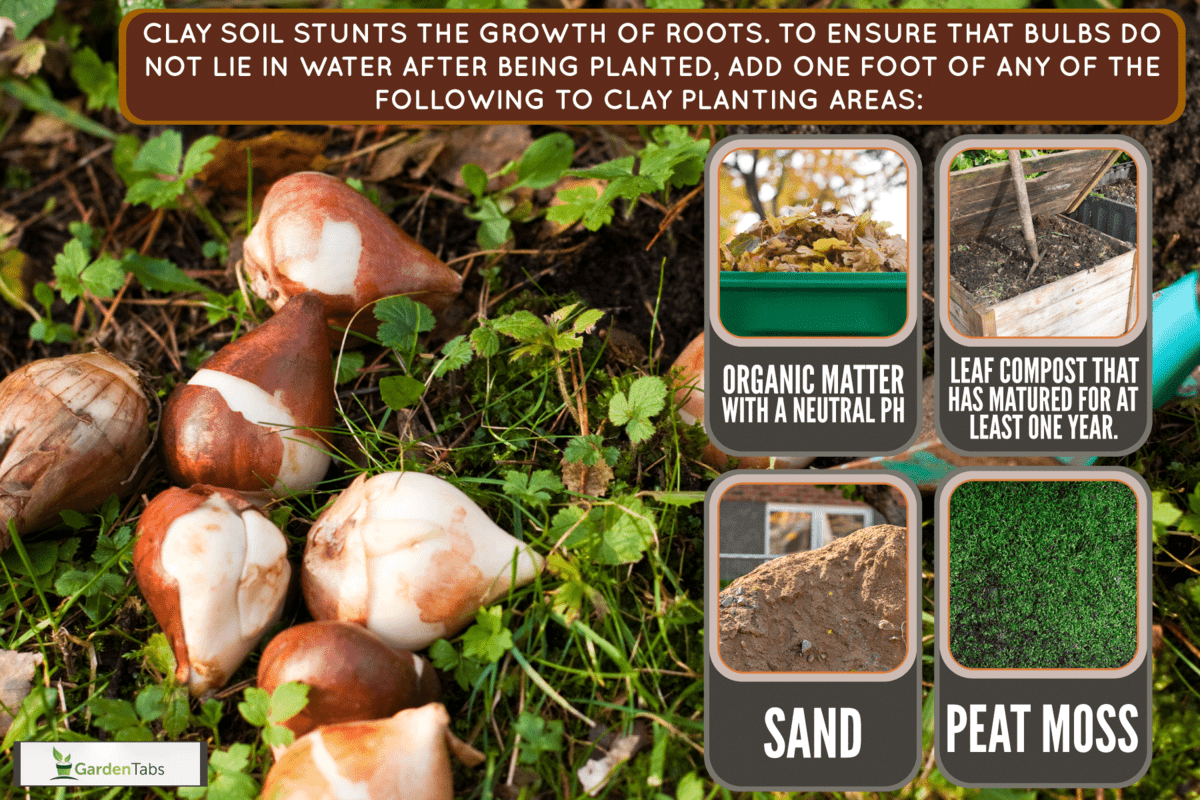
You can use any organic material. So, consider adding compost, grass clippings, shredded leaves, or well-decomposed manure. Please note that grass clippings should be free from any pesticide treatment.
What Bulbs Are Good For Clay Soil?
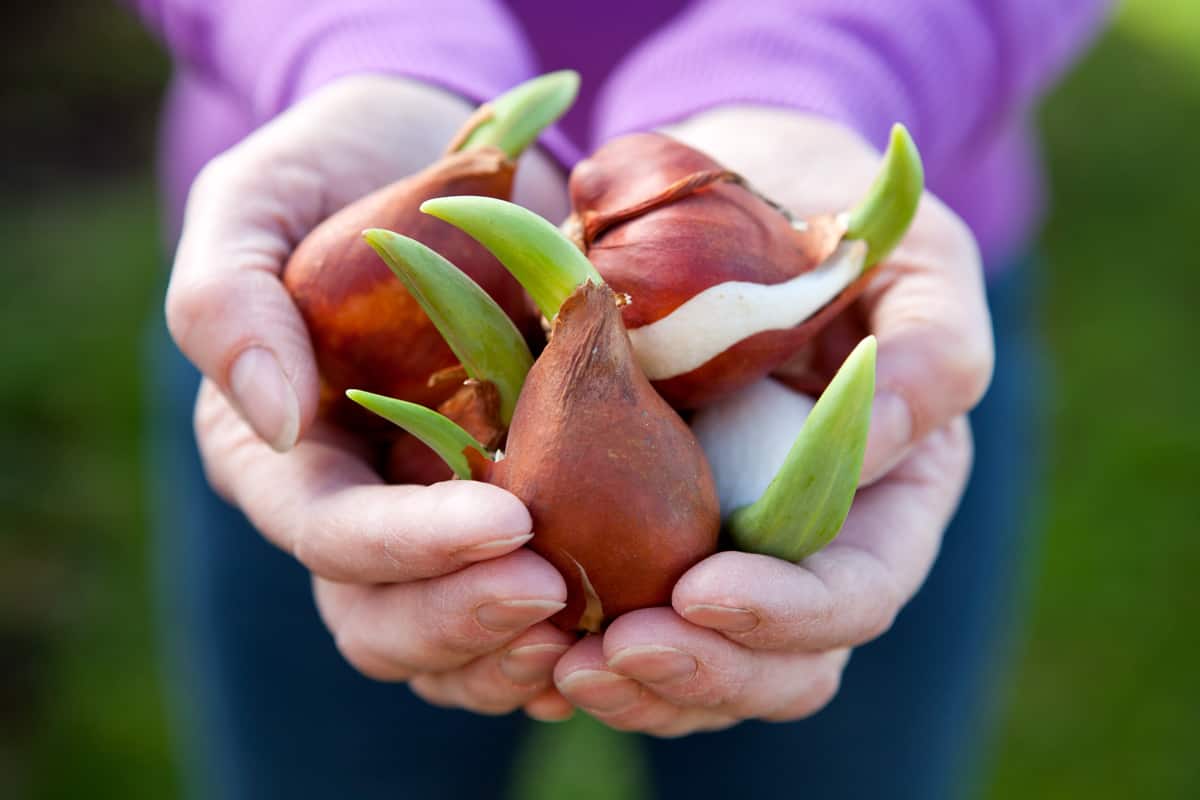
If you have clay soil, you should plant bulbs that can tolerate the conditions. These include grape hyacinth, daffodil, crocus, snowdrops, and camassia. Also, add compost to your heavy clay soil to improve its structure.
Clay soil hampers the growth of roots. Additionally, it has inefficient drainage. For this reason, improve the clay planting grounds with organic matter to ensure that the bulbs never lie in water. We protect bulbs from water-logged areas to keep them from decaying.
Will Tulip Bulbs Grow In Clay Soil?
Even if some tulips can grow in clay soil, it is difficult for them to remain in heavy soil year after year. Therefore, it is beneficial to amend the soil with pumice or gravel when planting tulips.
Place bulbs 6 to 8 inches deep in well-drained soil (as measured from the soil's surface to the bottom of the bulb). This depth provides favorable temperatures for tulip growth - the temperature of the dirt must be higher than 40 degrees Fahrenheit for the bulb's roots to develop.
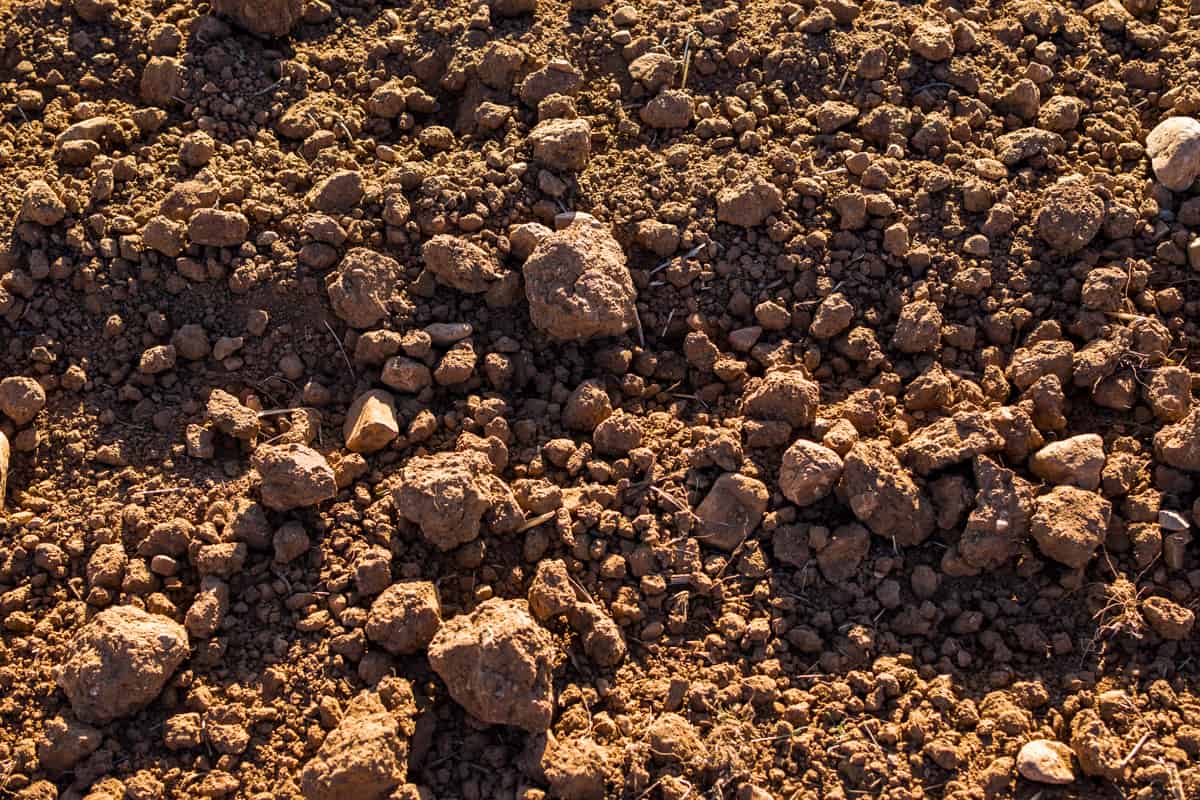
How Do You Plant Daffodil Bulbs In Clay Soil?
When planting daffodils, ensure that you bury them at least two or three times deep as the mature bulb's height.
What Happens If You Plant Daffodils Too Deep?
You can estimate the depth at which you plant daffodils using your hands and eyes without measuring instruments.
But if you would like to measure, you can calculate the length of the pointy part of the bulb. A depth of 3-5 inches is okay for the daffodils. However, this largely depends on the size of the bulb you're planting.
Avoid planting daffodils too deeply as they might suffocate or fail to sprout. It is also possible that the daffodils may sprout and be visible from the grounds, but they may fail to develop flowers.
Furthermore, daffodil plants planted too deeply might sprout unusual-looking stems and leaves since they are low-maintenance plants that try to adjust to any environment you plant them.
What Do You Mix In Soil When Planting Bulbs?

Sandy loam - a balanced blend of clay, sand, silt, and organic matter - is the optimum type of soil for planting bulbs. It provides optimal growing conditions because it has a balanced mixture of all four of these soil components.
It is important to remember that "balance" is one of the conditions the soil must have for bulbs. Clay and silt are two forms of soil that are highly compacted and leave very little room for the roots of plants to grow.
Preparation of The Soil
Provide the bulbs with well-drained, loose, porous soil. As mentioned, you can improve heavy clay soil by amending it with humus-rich items such as compost, sawdust, peat moss, and other similar materials.
Please note that amending excessively sandy soil with organic additives can enable it to retain water.
Do You Need To Add Fertilizer When Planting Bulbs?
Flowering bulbs should get a monthly fertilizer application from the time the shoots develop until the plants reach the full flower.
Spread either seven tablespoons of soluble 10-10-10 fertilizer or an equivalent amount of bulb fertilizer per ten-square-foot area. Apply the fertilizer in two or three separate applications.
Bulbs require pH values ranging between 6 and 7. So, you can create suitable conditions for them by adding a balanced fertilizer and bonemeal that is heavy in phosphorous after planting them. You can also use 'bulb food' fertilizers that contain either superphosphate or bonemeal.
Getting The Mix For The Soil

The ideal soil pH for growing bulbs is 7.0 since root development and growth depend on an environment with a pH that is close to neutral.
Further, plant the bulbs in soil with a good blend of clay, sand, silt, and organic matter for optimal growing conditions. This mixture eliminates the weaknesses the individual soil types demonstrate to create loose, well-draining soil.
To further aid in having well-drained soil for your bulbs, please plant them in a spot with good drainage.
Should You Soak Bulbs Before Planting?
It is not necessary to soak bulbs in water before planting them. However, you can speed up the bulb's process of taking root by soaking the cuttings in water for 12 to 24 hours if you are running behind the planting schedule.
To further hasten the rooting process, add fish emulsion or liquid kelp to the water before you soak them.
How To Plant Tulips In Clay Soil?
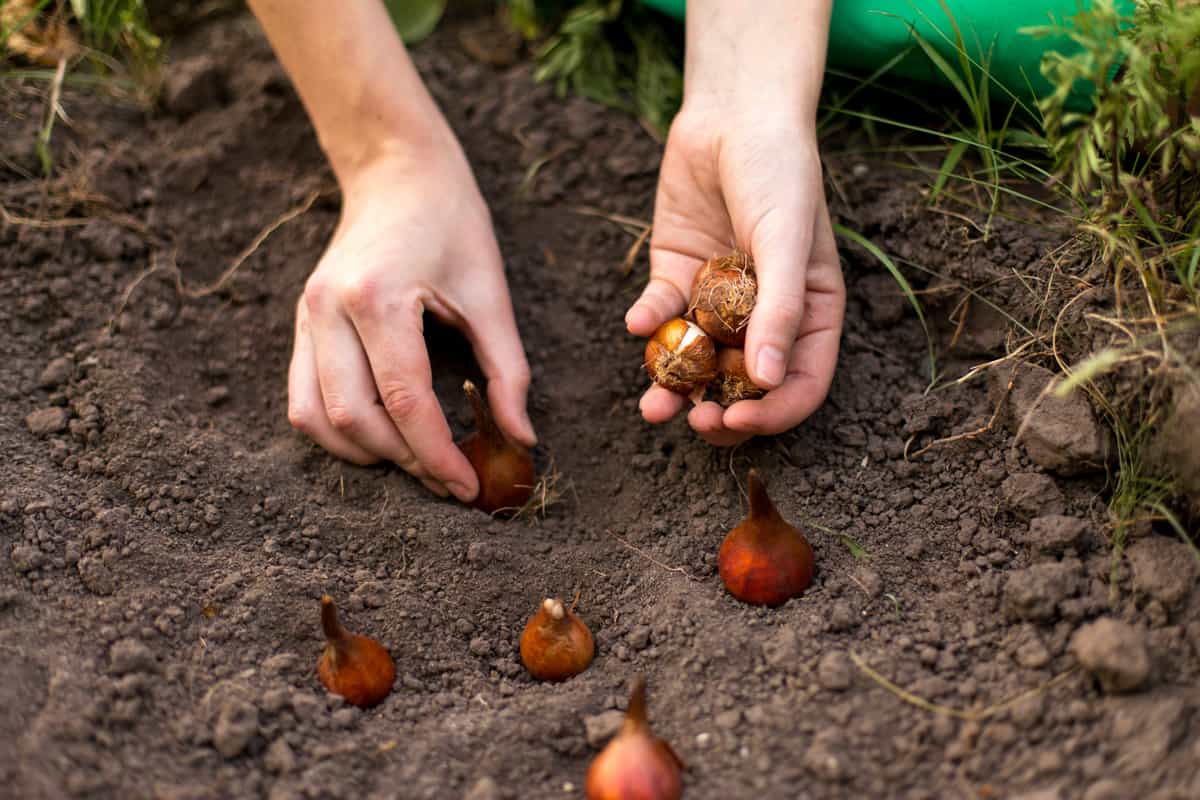
When planting tulips, add peat moss or coarse sand to the soil with high clay content for better drainage. Also, aim for a depth of approximately 6 to 8 inches, measuring from the bottom of the bulb.
Please include the depth of any additional mulch you apply after planting as part of your overall planting depth.
Is Miracle Grow Good For Bulbs?
To get the planting area suitable for tulips, combine the top six to eight inches of the native soil with three inches of Miracle-Gro Garden Soil for Flowers.
In the fall, the soil's nutrients assist the tulips in developing a robust root system, which is necessary to produce a substantial spring bloom.
Start supplying your bulbs with nourishments such as Miracle-Gro water-soluble all-purpose plant nourishments when the sprouts begin to develop in the spring.
Continue to water and feed the bulbs even after they finish blossoming until the leaves turn yellow to refill them for the following year's flowers.
Check out the Miracle-Go plant food on Amazon.
Which Fertilizer Is Most Effective For Use In Clay Soil?
Organic material, such as manure, compost, and dampened peat moss, is the most effective type of fertilizer for clay soil. Work each of the materials into the soil to about 12 inches deep in the fall. Each layer should be 2 inches thick.
This timing allows enough time for the nutrients to seep into the ground before the fast-growth season begins.
Till the soil when it is slightly moist but not soaked. If you work on wet clay soil, it will become more compact.
Conclusion
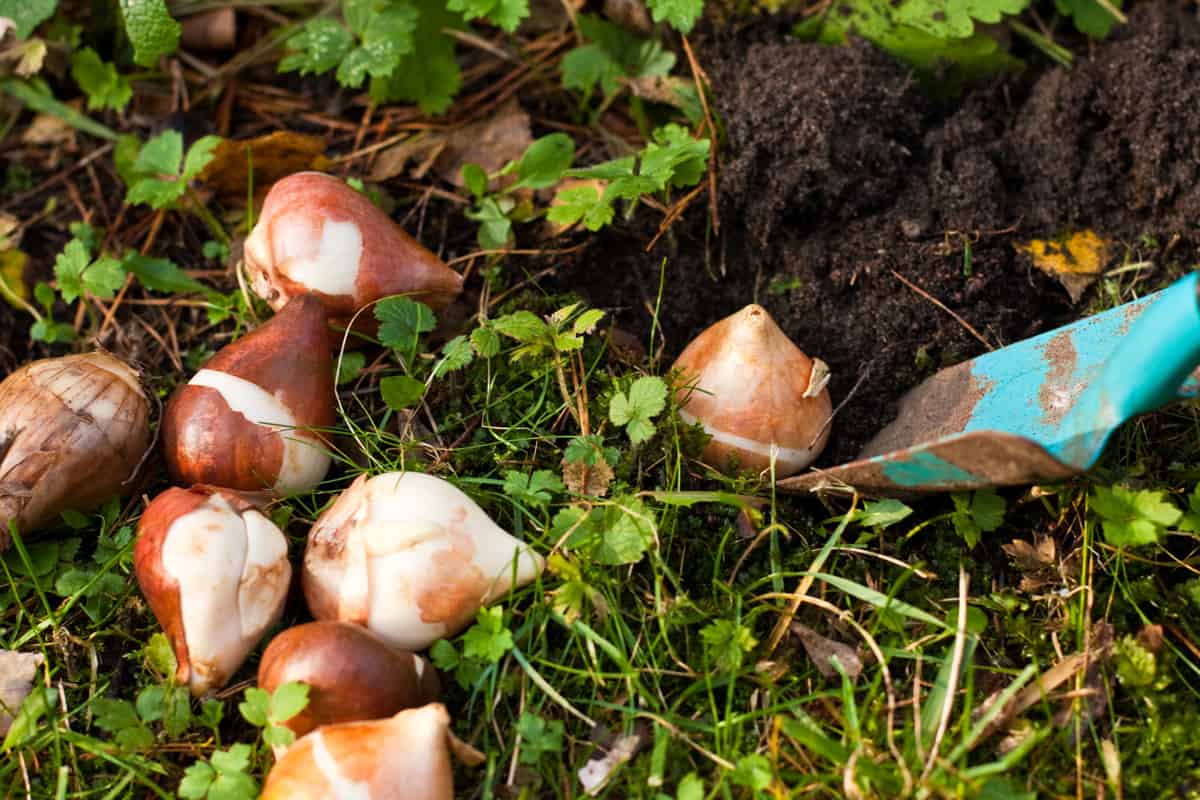
Although the internet offers numerous guides to assist you in amending the clay soil for planting bulbs, there is also room for flexibility. So, think through the process and get creative. The exercise is worth the time, and the result is healthy bulbs.
To learn more about bulbs, we recommend these engaging articles:


Wondering what “One foot” of sand (etc) means – one cubic foot? Linear? One foot per how much soil? In any case, we’re going to go put some amount sand in the 6 x 25 bulb garden and cross our fingers.